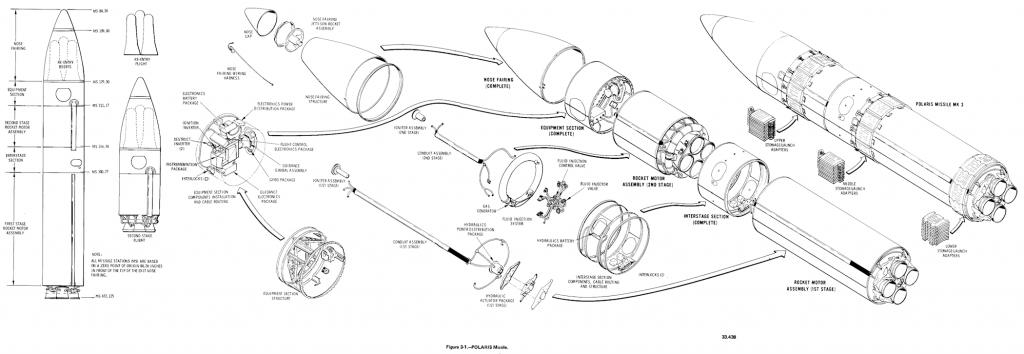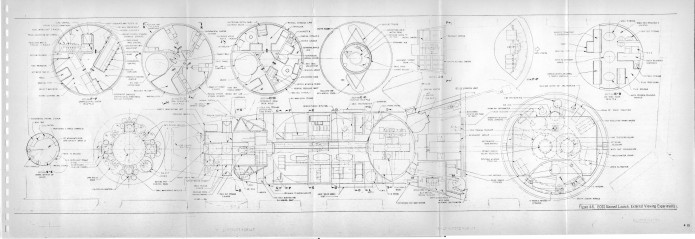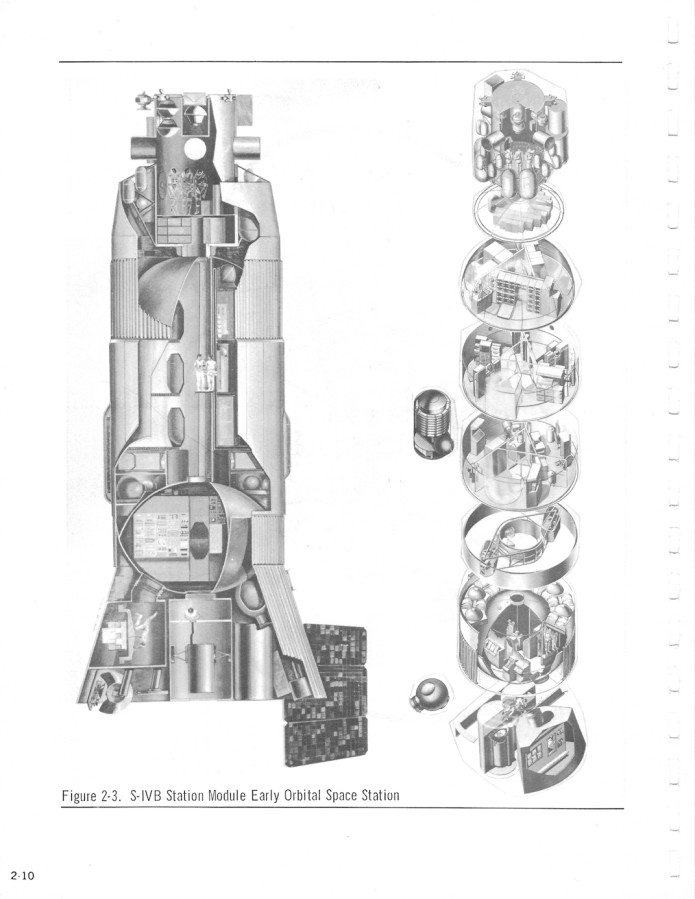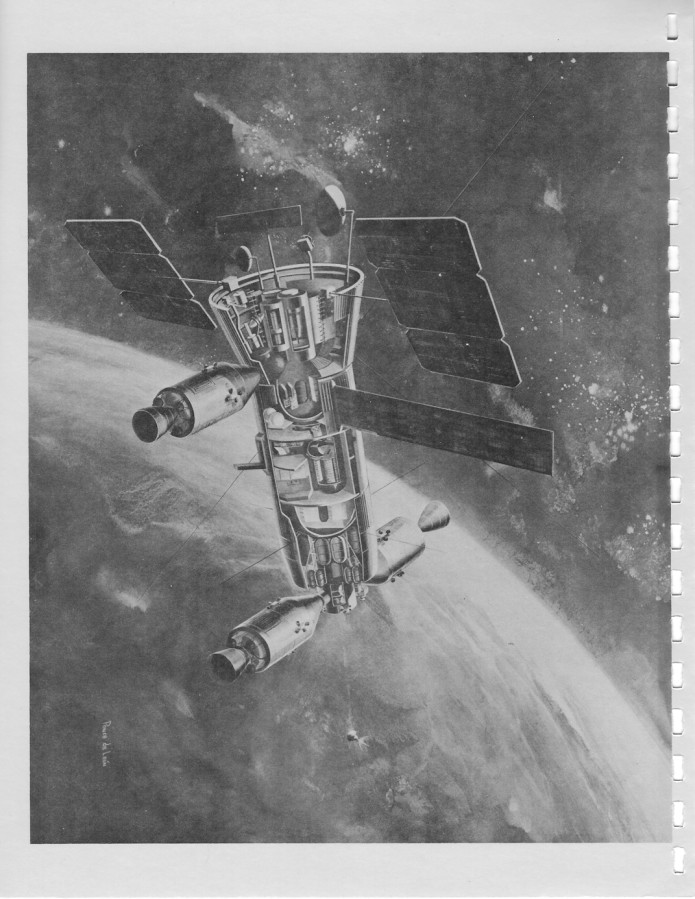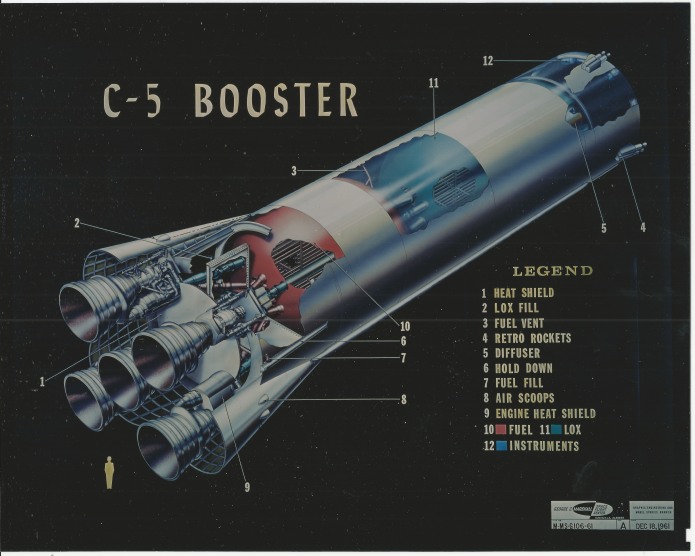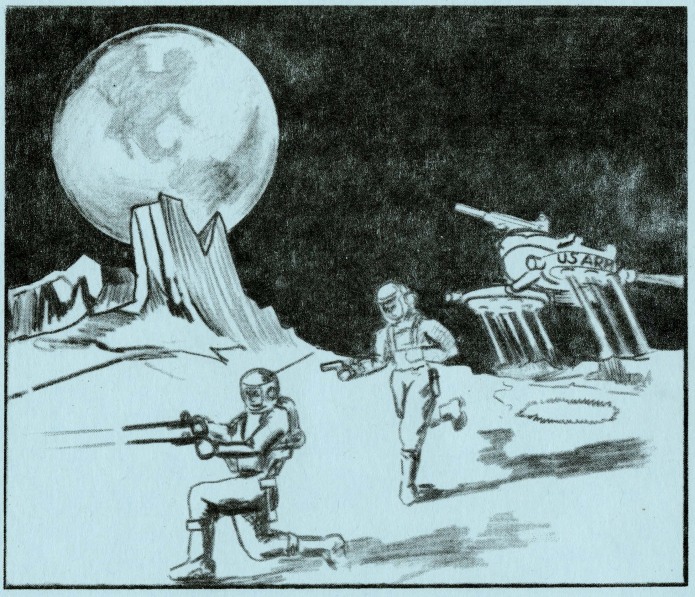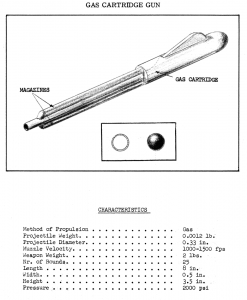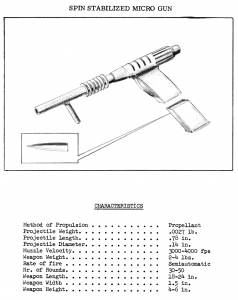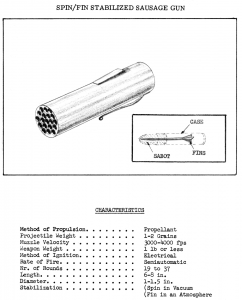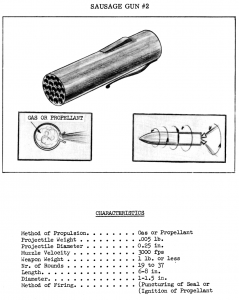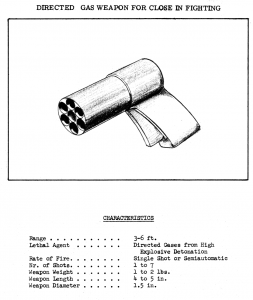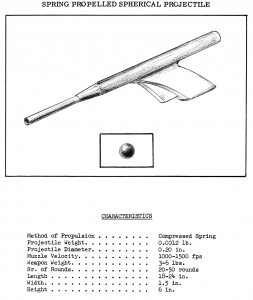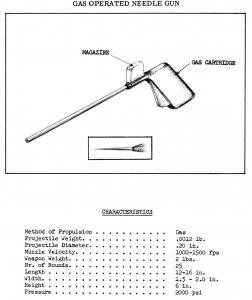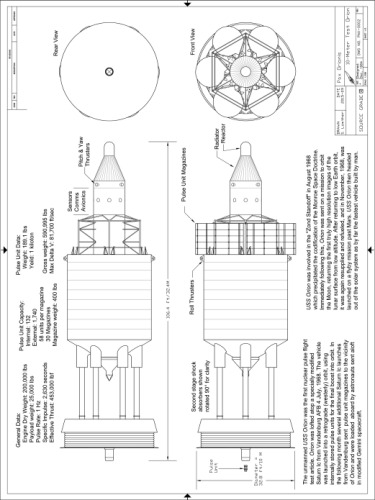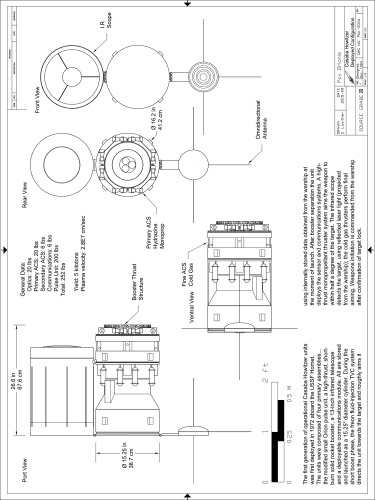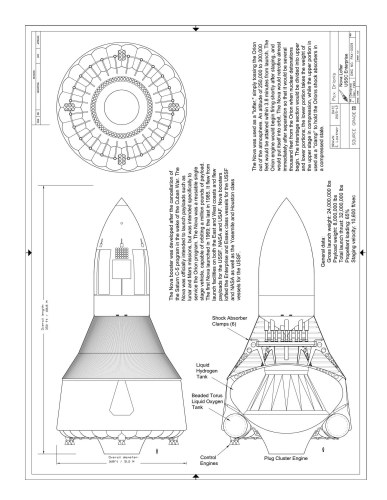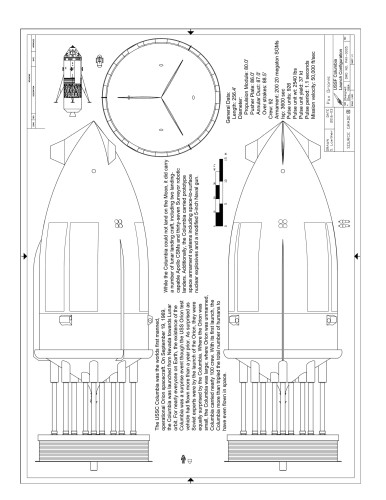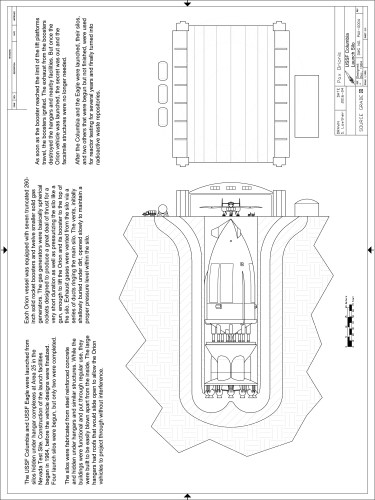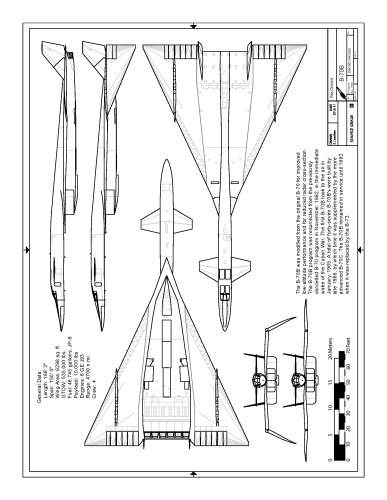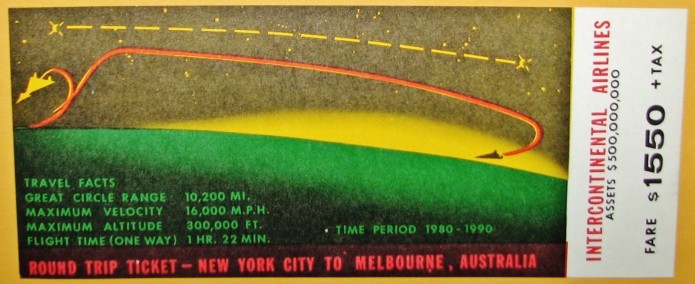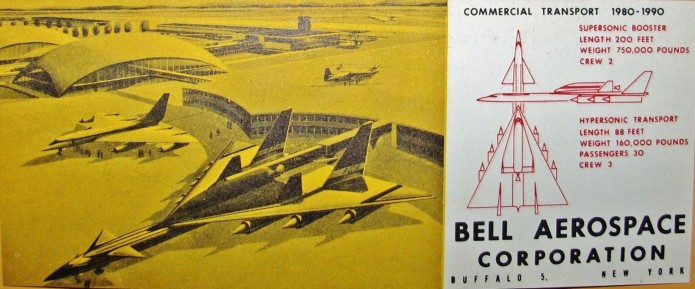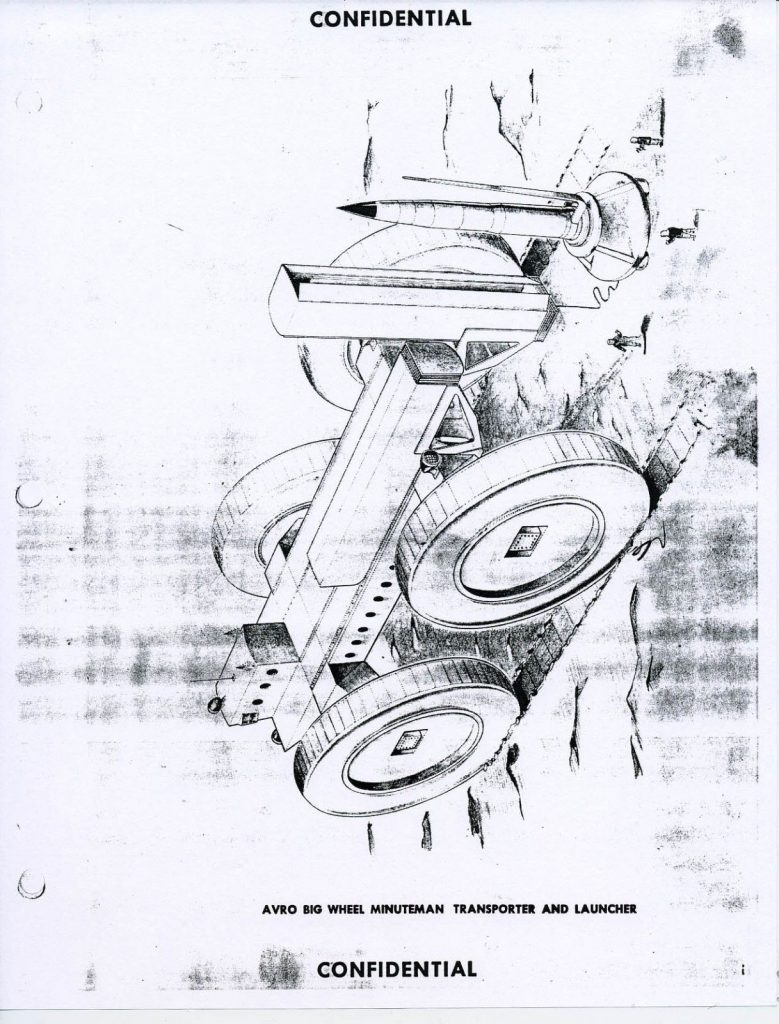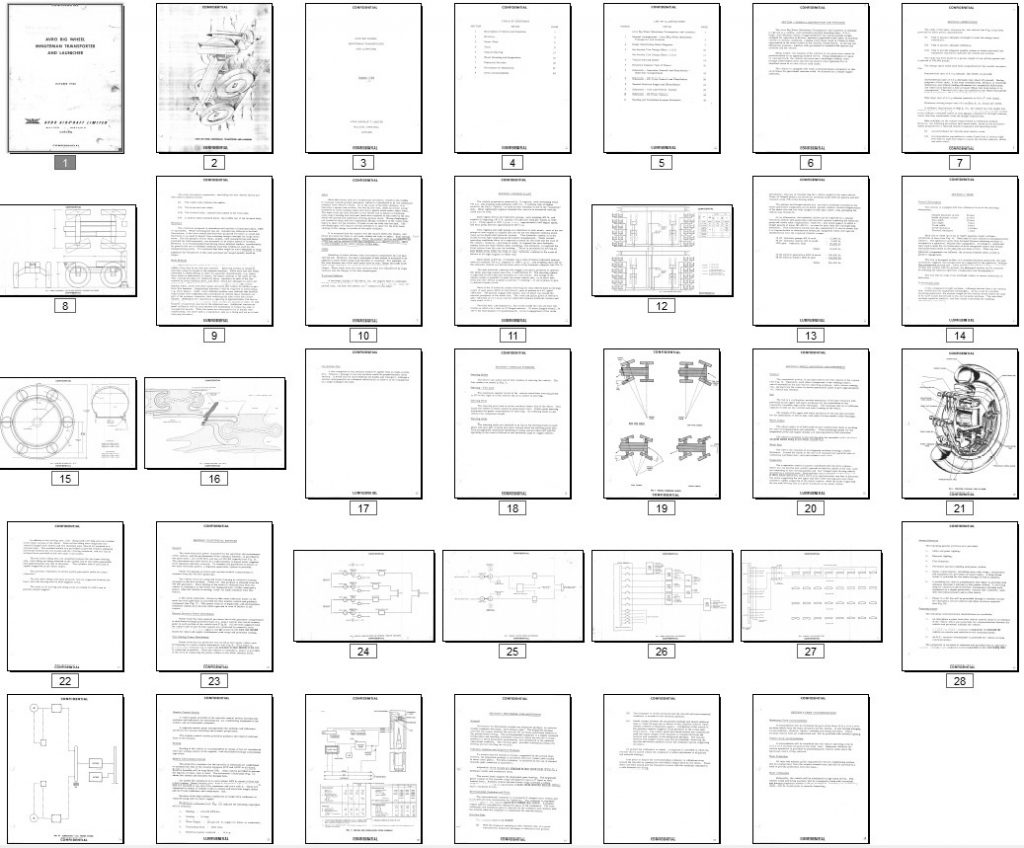Here’s an interesting illustration of the Polaris sea launched ballistic missile, taken from a technical manual. I’ve uploaded the full-rez version to the APR Patreon Extras Dropbox folder for 2017-01, so if you are interested, consider signing up for the APR Patreon.
The Aerospace Projects Review Patreon rewards for January will include a reasonably massive Douglas report on the Saturn V-launched pre-Skylab “Early Orbital Space Station” and a scan of a reasonably gigantic diagram of the Boeing 2707-300 SST. These will be released before the end of January and will be available to all then-current Patrons. So if these items interest you, and/or if you are interested in helping the effort to find and preserve this sort of aerospace history, be sure to check out the APR Patreon.
And…
From the NASA-Marshall Space Flight Center, December, 1961: An illustration of the forthcoming Saturn C-5 S-IC stage. This appears to be *mostly* as the S-IC would be built, but there are some detectable differences. Missing are the four small (and apparently superfluous) stabilizing fins that appeared on the outboard engine fairings. And located at the front are the eight retro rockets that would end up inside the aforementioned engine fairings.
This illustration came via EBay. The full-resolution scan (all 15+ megabytes of it) is available in the 2016-12 Dropbox folder for APR patrons. If you’d like to gain access to this and two years worth of high-rez aerospace goodies like this, as well as help out the effort to procure and preserve aerospace goodies like this, please consider joining the APR Patreon.
In 1965, the US Army briefly examined a need they didn’t know they had: firearms for use in space and on the Moon. The US Army Weapons Command in Rock Island, Illinois, put out a brochure detailing some ideas for lunar weapons… “The Meanderings of a Weapon Oriented Mind When Applied in a Vacuum Such as on the Moon.” While not a detailed engineering study, it nevertheless provides and interesting look at the sort of weapons that might be developed for use in a low gravity space environment.
Conventional firearms would work just fine in space… at least for a while. A vacuum would cause most lubricants to outgas and turn to waxy solids or hard rubber-like crud. The extreme differences in temperatures between sunlit and shaded would cause many metals to warp and mechanisms to seize up. And there’s always the possibility of vacuum welding, where two similar metals will simply stick together, fusing into one. And recoil that gives a shooter a good kick on Earth might knock them over on the Moon, or send them tumbling in freefall. The authors described these problems and pointed out potential solutions. Additionally, they provided a number of notional concepts for hand-held weapons, ranging from modifications to the normal sort of firearm, to guns powered by springs (with, it must be said, rather optimistic muzzle velocities) to gas-guns and handheld mini-rocket launchers. It’s odd that the Gyrojet was not included. A laser weapon is said to probably be just the thing, but development of such a thing would take 20 years. A man-portable laser weapon capable of doing useful damage in a combat situation remains sadly unavailable.
Note that the weapons have quite unconventional ergonomics. Some don’t even have proper pistol grips; those that do have triggers roughly the full length of the grip. This is so that a space-suited hand can squeeze the trigger, something very difficult for a conventional single-finger trigger.
The brochure ends with several pages of useful math, providing calculations for ballistic range in other gravity fields, penetration capabilities and muzzle velocities and gas pressures.
The report can be found here:
Much more aerospace stuff is available via the APR Patreon. If this sort of thing interests you, please consider signing up… not only will you help fund the search for obscure aerospace history, you’ll gain access to a lot of interesting stuff, not available elsewhere.
Due to other commitments, progress has been slow on Pax Orionis. Still, a few days ago I posted a new piece, “Birth of the Bomb Part Two,” for Pax Orionis patrons. This is the second of a two-part newspaper article… the first described an event in the 1990s – well after the Great War – that led to Orion spacecraft becoming far more economical. In the second part, a reporter catches up with the people responsible. Excitement! Adventure! Inadvertent multi-kiloton nuclear detonations! Death from above! What’s not to like?
As with all Pax Orionis tales, each part comes with two bonuses: a technical diagram describing some piece of technology important in the Pax Orionis universe, complete with both in-universe and factual descriptions; and a small newspaper or magazine article that, when all put together, tell an important part of the Pax Orionis backstory.
If interested – and why the hell wouldn’t you be – check out the Pax Orionis Patreon:
https://www.patreon.com/PaxOrionis
There are two level of patronage… $1 and $2. At $1, you get a new story when it comes out. At $2, you get the story, the tech diagram and the article.
Any Pax Orionis patrons who have read the most recent story, feel free to leave a comment. Praise or constructive criticism or anywhere in between.
I’ve been running the Aerospace Projects Review Patreon project for a bit over two years now. Every month, Patrons get rewarded with sets of aerospace history stuff… currently, one large-format diagram or piece of artwork, three documents and, depending on level of patronage, an all-new CAD diagram of an aerospace subject of interest. More than two dozen such packages have been put together so far and distributed. Given that you can get in on this for as little as $1.50 a month (for 125-dpi scans… $4/month for full-rez 300 dpi scans) and you get at least four items, that’s a pretty good bargain compared to the individual aerospace drawings and documents.
Patrons who signed up after the process got underway can now get “back issues” of the previously released rewards packages. A catalog of more than the first years worth has just been posted; each month will see an updated catalog posted for Patrons to order from. So if you are interested, check out the APR Patreon page to see how to sign up; if you are already a patron, check out the catalog here.
Produced by Bell Aerospace around 1960 as a promotional item was this “ticket” for a flight from New York City to Melbourne, Australia. The aircraft shown was a two-stage hypersonic passenger transport; the first stage was essentially a supersonic transport equipped with turboramjet engines; it carried on its back a rocket powered passenger spaceplane. At the time it was pushed by the likes of Walter Dornberger, who had previously publicized a two-stage all-rocket powered hypersonic transport. There was some link between this design and the Dyna Soar program, but it is unclear just how involved the engineering was on the HST. Artwork was produced and a good display model, but it’s hard to tell if it went any further than that.
I have uploaded high-rez scans (600 dpi) to the 2016-09 APR Extras folder on Dropbox. This is accessible to all APR Patreon patrons at the $4 level and above.
Several days ago word hit of someone with six file boxes of their fathers stuff, wondering what to do with it. Not an unusual occurrence. But in this case, the father was an important engineer at North American Aviation, worked on the XB-70, B-1 and Shuttle, and the files all related to that. In the end, the archive wound up on Craigslist, and sold shortly afterwards. It is now being shipped… to me.
I would not have been able to afford the archive – never mind the shipping costs – on my own. However, by working with the patrons on the APR Patreon , we were able to pool funds so that the total cost per person is *trivial.* When the archive gets here – all 300+ pounds of it – I will go through every single page and catalog it; the best stuff will be scanned and, barring ITAR & classification issues, all of the crowdfunders will receive the complete set of high-rez scans. And then when I’ve gleaned from it what’s worth gleaning, it will be donated to an appropriate archive… the Smithsonian, the SDASM, the National Archives, Edwards AFB, whatever seems best in the end.
The door to sign up for this crowdfunding project is now closed. It followed shortly on the heels of a similar project that scored an admittedly much smaller but definitely fascinating collection of F2Y Sea Dart documentation and diagrams, including much about operational follow-on attack aircraft meant to operate from ships and subs; and a similar archive that was crowdfunded a year or two back that scored a whole bunch of 2707 SST stuff. I’ve grown sick of seeing amazing stuff appear on ebay and then vanish into a black hole, never to be seen by anyone again; this way, aerospace history is preserved and shared.
If you’d like to be involved in this sort of thing, sign up for the APR Patreon and you’ll not only get the monthly aerospace goodies that comes with membership, but you’ll also be able to get in on these crowd funding efforts. You’ll save aerospace history, get a bunch of amazing stuff, and not have to spend a whole lot to do it.
Military hardware design programs often have code names that are random or nearly so, so you can’t figure out what they are if you overhear them. Concepts like “Have Blue” or “Copper Canyon” or “Science Dawn” or even “Silver Bug” are pretty opaque. But every now and then there are concepts like Avro Canada’s 1960 idea for a truck capable of carrying and launching two Minuteman ICBMs: “Big Wheel.” For once, the name matched the product.
One wonders what sort of career these might have had in the Monster Truck circuit after they became obsolete.
This is a document I scored off ebay a little while back; it arrived and I’ve scanned it and will include it in the very next APR Patreon catalog. If you’d like a copy, a monthly contribution of as little as $4 will get you the full-rez 300 dpi scan of each months reward documents and diagrams… currently, three documents, one large-format diagram or piece of artwork. That’s a buck an item. Give the APR Patreon a look.
